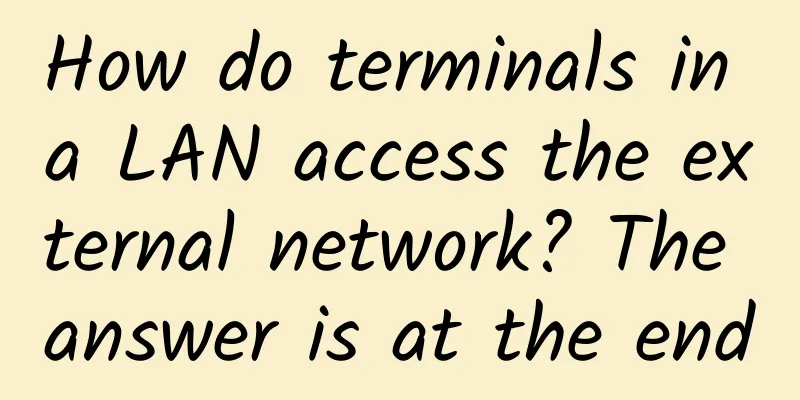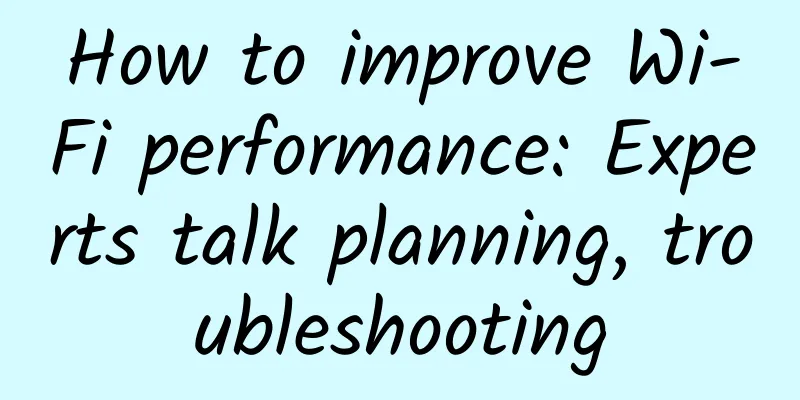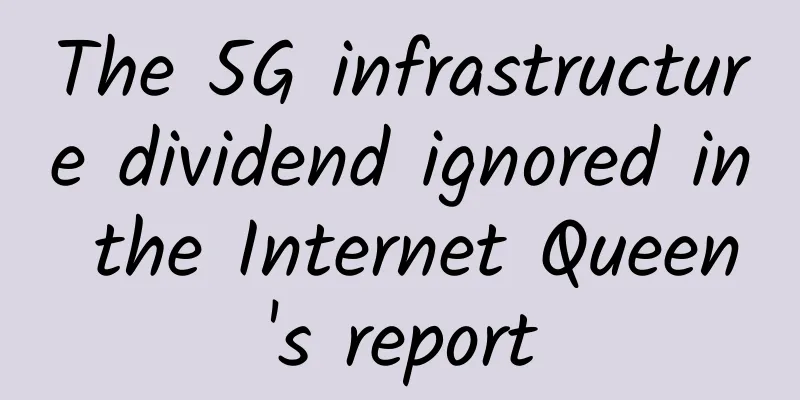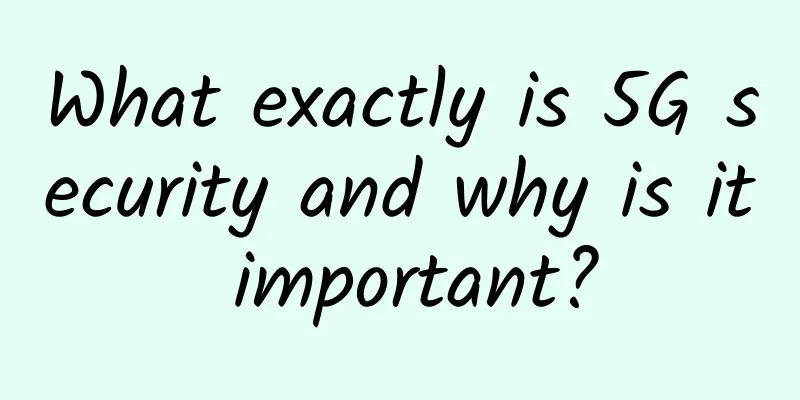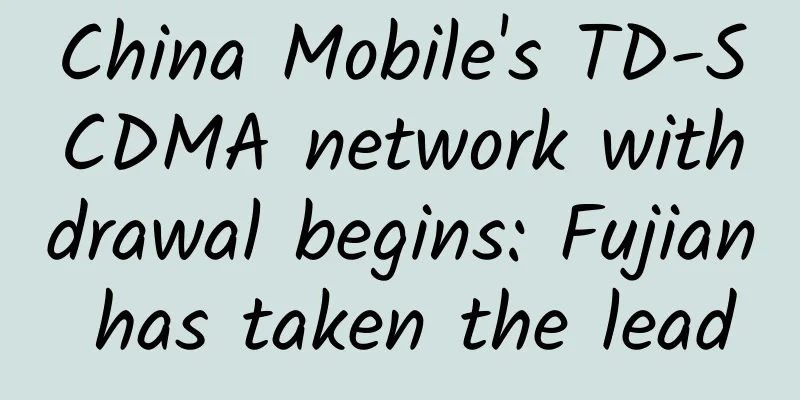How Next-Generation Data Centers and 5G Can Transform Healthcare
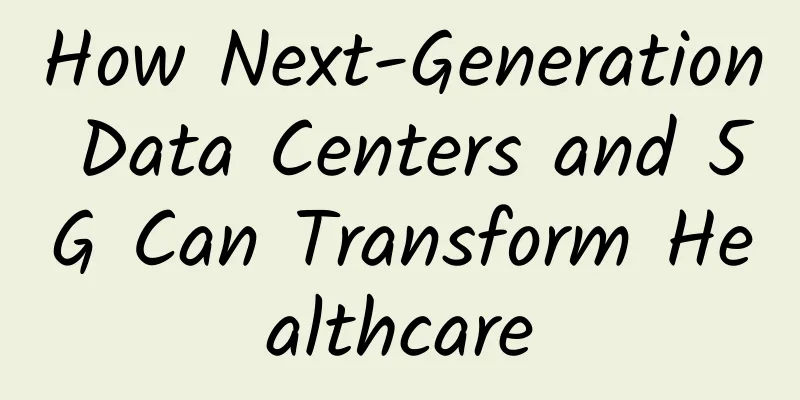
|
Data centers are breaking free from physical limitations. Modern data centers are a dynamic merger of cloud and local resources distributed across multiple physical locations. These centers are equipped with the automation and intelligence needed to efficiently process applications. They create an IT environment characterized by simplicity, adaptability, and responsiveness, allowing IT professionals to shift their focus from system maintenance to groundbreaking business solutions. These next-generation data centers are known for their scalability, reliability, high availability, and business continuity capabilities. Data has become the cornerstone of many areas of life, and the same is true for healthcare. Since healthcare is a dynamic process, it requires constant vigilance to understand the strong demands of the system. It paves the way for advancements in various areas of healthcare to analyze, evaluate, and pinpoint necessary areas, which include health education, patient safety, infection control, and proactively predicting upcoming health hazards. By solving problems in various areas with clearer and more accurate models, data center solutions accelerate the growth of quality and quantity of healthcare. In the healthcare sector, there are many high-resolution images and files that may require high-throughput computing processing for diagnosis and planning. For example, with 5G, after receiving an MRI or CT scan, the image can be sent in real time to where it needs to be analyzed to provide a diagnosis. With 5G, telemedicine platforms can support high-resolution video and audio streaming in real time, enabling healthcare professionals to communicate with patients. In addition to high-quality video and audio, 5G can also significantly reduce latency compared to previous wireless technologies. 5G's target focus is on wearable health monitors that can perform local data analysis without connecting to the cloud. For example, a heart rate monitor can independently analyze health data and immediately provide the necessary response to alert caregivers when a patient needs help. Infection control is currently one of the toughest challenges in healthcare. New-generation data solutions coupled with the power of 5G technology not only make this challenge more compelling but also pave the way for various opportunities. As a result, the approach to teaching, treatment and healthcare planning has undergone a major shift. The integration of new-generation data center solutions with 5G technology plays a vital role in identifying specific sectoral and regional challenges as well as disease patterns. This, in turn, leads to the development of customized solutions and algorithms. 5G technology brings greater efficiency, better patient outcomes, and greater access to medical expertise around the world, ultimately improving the quality of healthcare services everywhere. I believe the advent of 5G will lead to more embedded devices or wearables that will help bring large computers and data closer to the point of care, making the use of technology more user-specific, secure, accessible, and decentralized. It marks a new paradigm shift in patient engagement and enhances the patient experience through technology, providing them with a more immersive UI and UX experience on devices capable of leveraging Web3 standards, delivering a metaverse-like experience. In the evolving digital healthcare landscape, patient data security and privacy is one of the most important aspects, as the threats to patient data are escalating due to the increasing complexity of IT systems. Security involves multiple measures to protect the organization from external and internal cyber attacks and ensure the availability of healthcare services, the proper functioning of healthcare systems and equipment, the protection of confidentiality and integrity of patient data, and compliance with industry regulations. Monitoring access to sensitive data, providing the right access controls to the right users, and limiting access to information based on the concept of least privilege will ensure that the right users are using the data. HIPAA, GDPR, and the DPDP Act contain privacy and security rules. The privacy rules dictate who can access an individual’s medical records and what they can do with that information. Under the security rules, health organizations are required to perform due diligence and work to ensure the security of patient data. The convergence of next-generation data centers and 5G technology represents a groundbreaking shift that promises to enhance patient care, improve accessibility, and strengthen data security. Looking ahead, we expect AI to see greater adoption in areas such as drug development, medical diagnostics, and patient care. Patient empowerment With greater access to health information and online resources, patients are becoming more informed and proactive about their healthcare. Telemedicine, mobile health, virtual conferencing, and the Internet of Medical Things (IoMT) are emerging healthcare technology trends. |
<<: Can we rely on HTTPS to keep us safe?
>>: HTTPS is a network communication protocol that protects data transmission security
Recommend
It took two years for 5G messaging to be officially commercialized. Is that it?
With the development of science and technology, t...
When the Internet of Things collides with 5G: What are the biggest conflicts?
Many companies are already using IoT data to hand...
Free and easy to use! This data recovery software found my video from two years ago
[[400280]] It is raining in Hangzhou today, and S...
CloudCone: Large hard disk VPS annual payment starts at $17.77, Los Angeles MC data center, KVM architecture
CloudCone is a foreign hosting company founded in...
More than just 1G more than 4G, what are the obstacles for 5G commercial use?
Although there is still a long way to go before 5...
Huawei's first Intelligent Computing Conference was held in Beijing. Huawei released a new intelligent computing strategy to meet the 100 billion market
[51CTO.com original article] On December 21, 2018...
Huawei: 5.5G is the only way for 5G network to upgrade and evolve
On March 2, MWC 2023 was held in Barcelona, Spa...
Five pictures to solve FTP
FTP Principle and Configuration FTP is a protocol...
5G improves network determinism and supports digital transformation
[[326206]] Operators see enterprise and industria...
8 Telecom Industry Disruptors of 2018
While some of the larger telecom companies, such ...
Operators' user development under severe cold weather, some are happy while others are sad
It is time for operators to release their monthly...
[11.11] Maxthon Hosting 6.8% off, US/Korea/Japan/Hong Kong VPS monthly payment starts from 34 yuan, top up 660 yuan and get 110 yuan
Aoyoyun also announced this year's Double 11 ...
RAKsmart July Promotion: Servers limited flash sale from $30/month, VPS hosting from $1.99/month, San Jose/Los Angeles/Korea/Japan/Hong Kong data centers
RAKsmart has released a promotional plan for July...
Digital transformation enters the "immersion period". Huawei helps government and enterprise industries embrace digitalization without blind spots.
[51CTO.com original article] Recently, the recurr...
Huawei's Ryan Ding: Working together to create the most successful 5G
On October 14, 2020, at the ICT Leaders Forum, Di...
